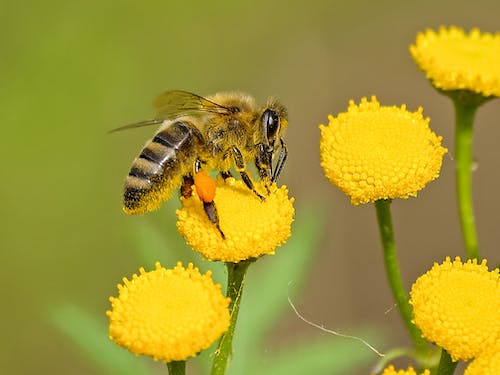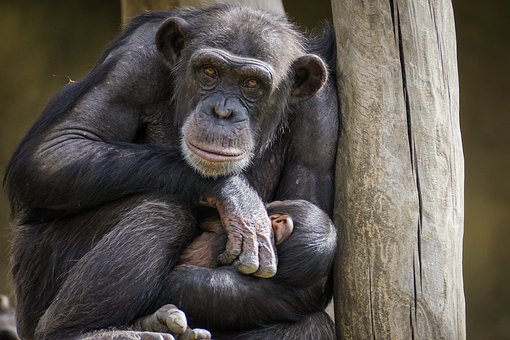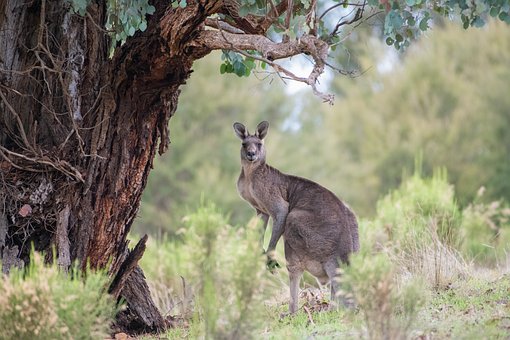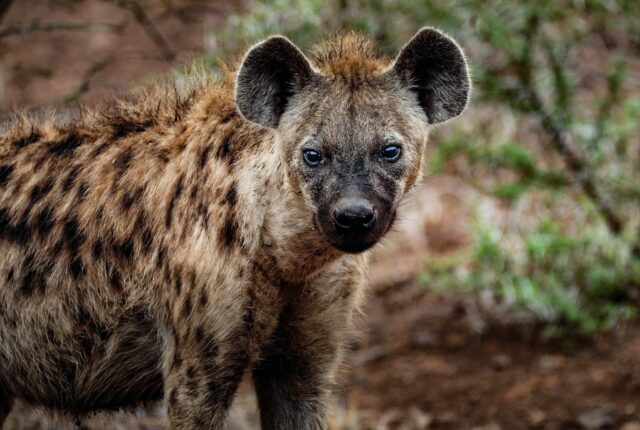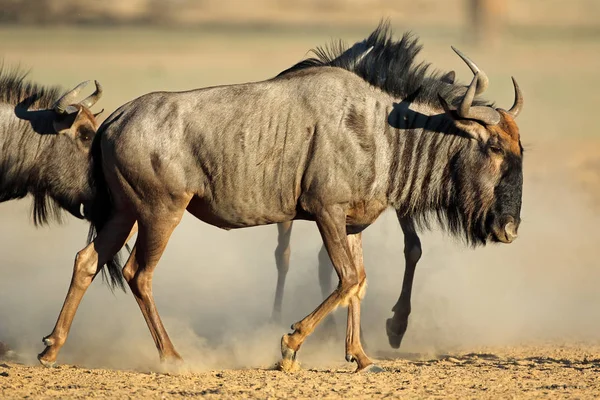The Wonders of Honeybees: Exploring Their Importance for Agriculture, Their Amazing Social Structures, and the Threats They Face
Honeybees are essential pollinators for many crops and play a vital role in agriculture and food production. These amazing insects also have complex social structures and fascinating behaviors that have captivated humans for centuries. However, honeybees face many threats, including habitat loss, pesticide exposure, and disease. In this article, we will explore the importance of honeybees for agriculture, their social structures, and the challenges they face.
- Importance for Agriculture
Honeybees are responsible for pollinating many crops, including fruits, vegetables, and nuts. According to the USDA, honeybees contribute to over $15 billion worth of crops in the US each year. Without honeybees, our food system would be severely impacted.
- Social Structures
Honeybees live in highly organized social structures known as colonies, with a queen bee at the center of the colony. Worker bees perform various tasks, including foraging for food, caring for the young, and building the comb. The bees communicate with each other through complex dance language, which allows them to convey information about the location of food sources and potential threats.
- Honey Production
Honeybees produce honey by collecting nectar from flowers and processing it in their bodies. The honey is then stored in the comb and used as a food source for the colony. Humans have been harvesting honey from honeybees for thousands of years, and honey is still a popular sweetener today.
- Threats
Honeybees face many threats, including habitat loss, pesticide exposure, and disease. Colony Collapse Disorder (CCD) is a phenomenon where entire colonies of bees die off, likely due to a combination of factors. This has led to significant declines in honeybee populations in some areas.
- Conservation Efforts
Efforts to conserve honeybees include promoting habitat restoration, reducing pesticide use, and providing access to diverse forage sources. Additionally, researchers are working to understand the causes of CCD and develop solutions to mitigate its impact.
In conclusion, honeybees are essential pollinators and fascinating creatures that play a vital role in our ecosystems and food systems. By understanding their importance, social structures, and the threats they face, we can work to protect and conserve these amazing insects for generations to come.
